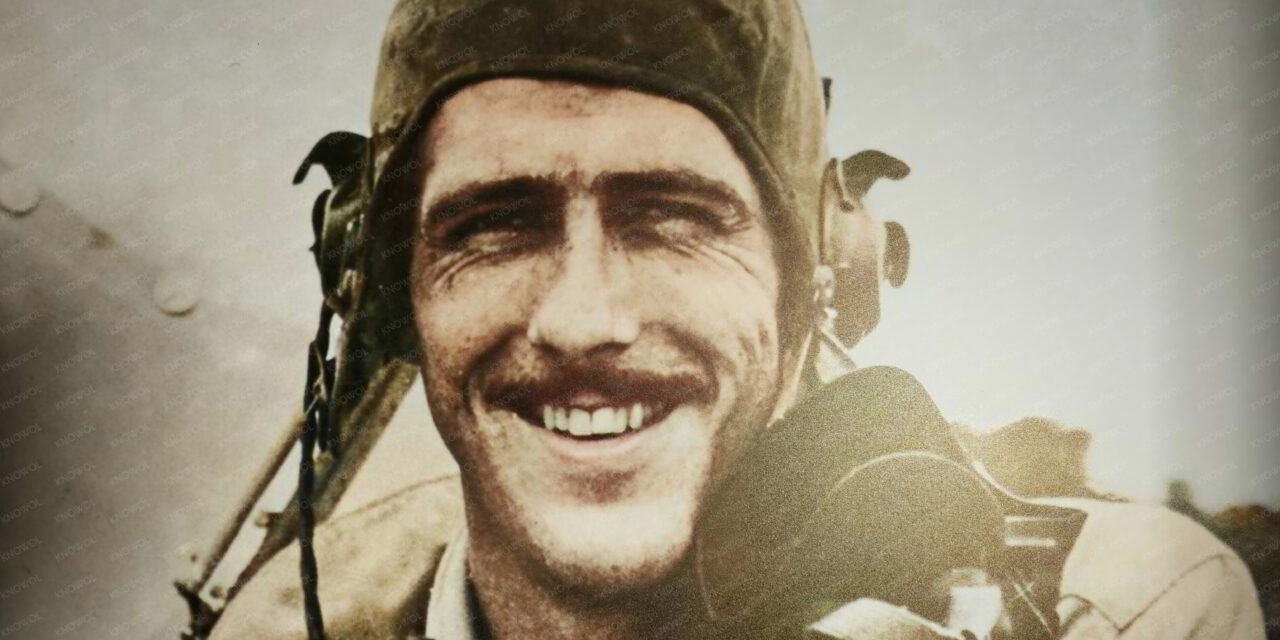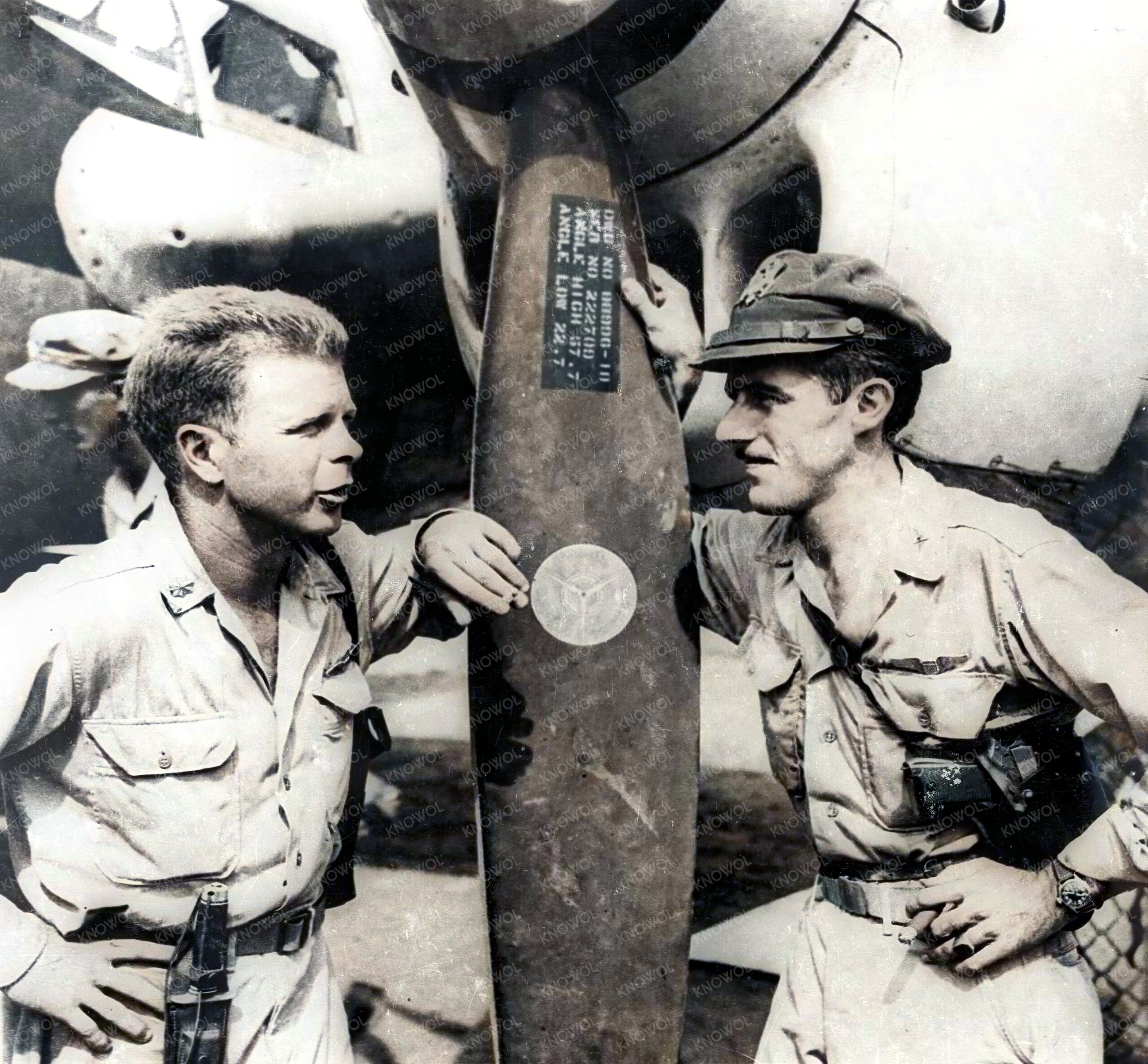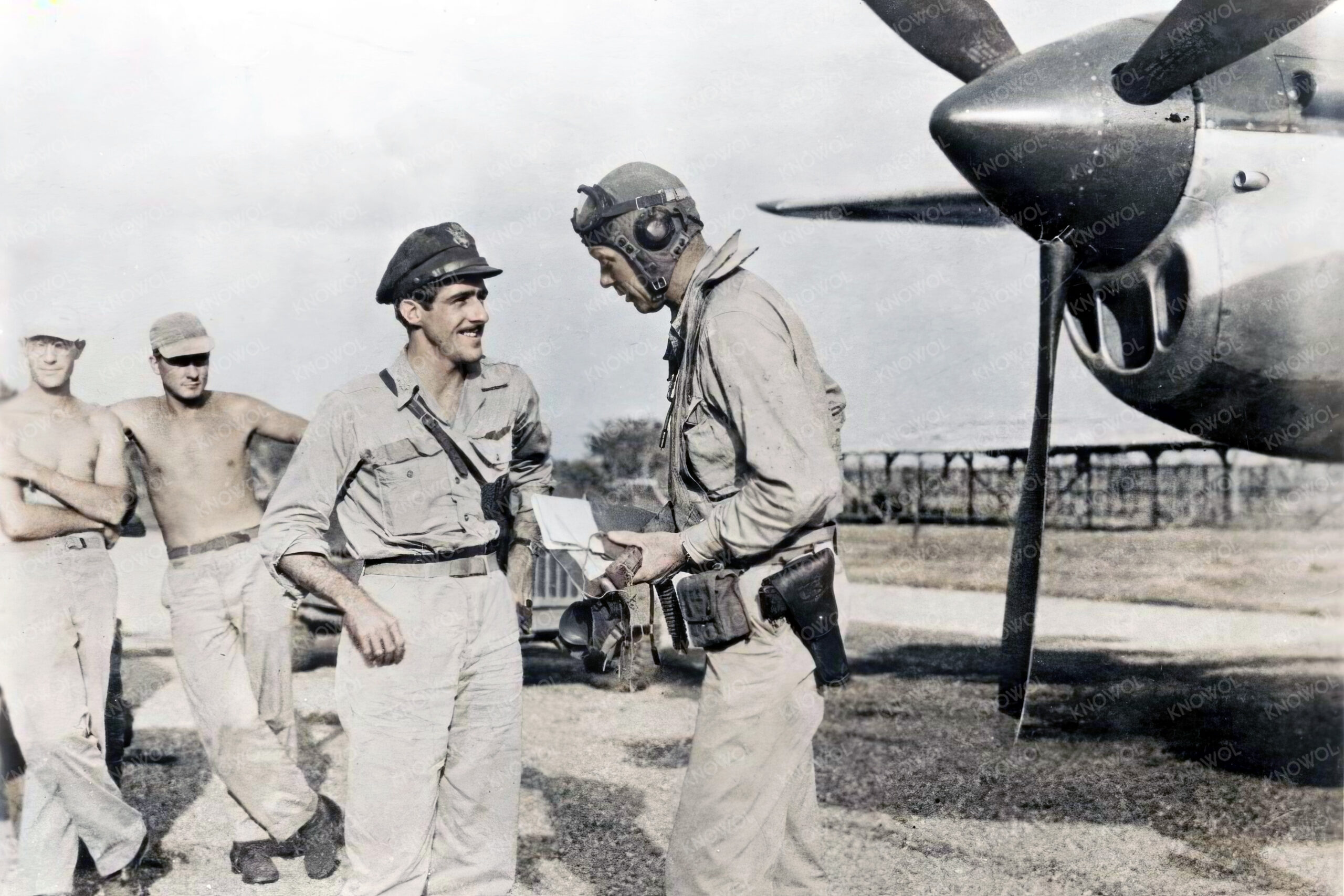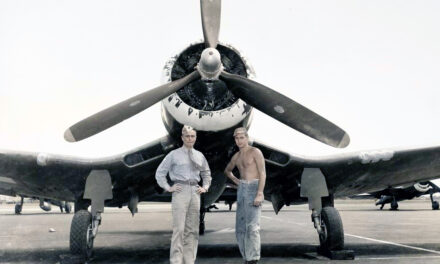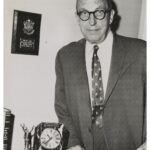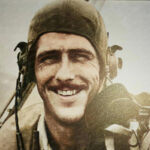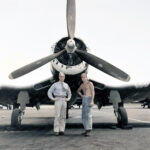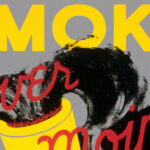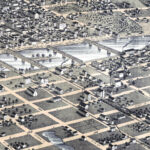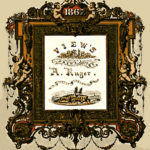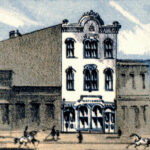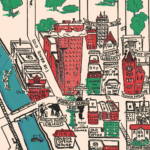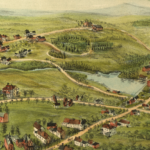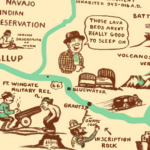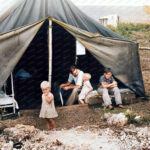Meet Major Thomas Buchanan McGuire Jr., one of the most accomplished fighter pilots in U.S. military history.
Thomas B. McGuire Jr. (1920-1945)
- Born: August 1, 1920, Ridgewood, New Jersey
- Died: January 7, 1945, Negros Island, Philippines
- One of America’s greatest World War II fighter pilots
Early Life and Education
Thomas B. McGuire Jr. was born on August 1, 1920, in Ridgewood, New Jersey. In the late 1920s, he and his mother relocated to Sebring, Florida. McGuire graduated from Sebring High School in 1938, at the age of 18. He then went on to attend the Georgia Institute of Technology, studying aeronautical engineering. During his time there, he played in the university marching band, served as a sergeant major in the ROTC cadet corps, and joined the Beta Theta Pi fraternity
Military Service
In 1941, answering the call to serve his country, McGuire left college to enlist in the U.S. Army Air Corps. He was 20 years old at the time.
In March 1942, Mickey McGuire joined the 49th Fighter Group in Australia, later transferring to the 431st Fighter Squadron of the 475th Fighter Group. He flew missions across the South Pacific and assisted with weapons testing. The group was known as “Satan’s Angels”, where he flew the Lockheed P-38 Lightning.
McGuire’s first aerial combat in August 1943 resulted in five enemy aircraft shot down over two days. By month’s end he had seven kills, a Silver Star, and three Distinguished Flying Crosses, an eight-day record unmatched in Air Force history.
On December 25, 1944, McGuire led 15 P-38s protecting bombers over Luzon, Philippines. Despite being outnumbered and experiencing gun jams, he shot down three Japanese Zeros. The next day, he downed four more aircraft while rescuing a bomber near Clark Field. By late December, McGuire had 38 kills, second only to Major Richard Bong’s 40. He rapidly rose through the ranks, becoming a Major by age 24 due to his exceptional combat performance.
Eager to become the top ace, McGuire set out on a volunteer mission on January 7, 1945, leading a group to a Japanese-held airstrip on Los Negros Island. As a Japanese Zero approached, McGuire instructed his squadron to encircle the enemy aircraft. In an attempt to escape, the Zero dropped to just 200 feet, causing the formation to break apart. The Zero then positioned itself on the tail of one of the Lightnings. McGuire quickly intervened to protect his fellow pilot, but in doing so, he attempted a risky maneuver that led to his aircraft stalling and crashing.
After flying 325 missions, McGuire was declared missing in action. His remains were discovered in June 1949 in the jungles of Los Negros, near a pineapple plantation. He was later laid to rest at Arlington National Cemetery.
McGuire & Lindbergh
During the summer of 1944, McGuire struck up a friendship with famed aviator Charles Lindbergh, who was working with the 475th in the Pacific as a civilian consultant. According to the newspaper The Ridgewood News, McGuire and Lindbergh bunked together in a hut in New Guinea, and Lindbergh flew the occasional secret mission with McGuire in his P-38.
Heroic Achievements
McGuire’s flying skills quickly distinguished himself in combat. His aggressive tactics and daring maneuvers made him a formidable opponent in the skies. McGuire’s most famous achievement came during his time in the Pacific, particularly in New Guinea and the Philippines.
He was known for his strategy of staying calm under pressure, often engaging in close-quarters dogfights with Japanese aircraft. On one occasion, McGuire shot down seven enemy planes over Luzon on December 25-26, 1944, a feat that earned him the Medal of Honor. He was credited with shooting down 38 enemy aircraft, making him the second highest-scoring American ace of World War II.
Legacy
McGuire was posthumously awarded the Medal of Honor, in addition to numerous other decorations, including the Distinguished Service Cross, the Silver Star, the Distinguished Flying Cross, and the Air Medal. His remarkable career remains a testament to his skill, leadership, and dedication to his country. McGuire’s legacy lives on today. In June 1949, Fort Dix airfield in New Jersey was renamed McGuire Air Force Base and a WWII P-38 was placed there in his honor in 1981.

